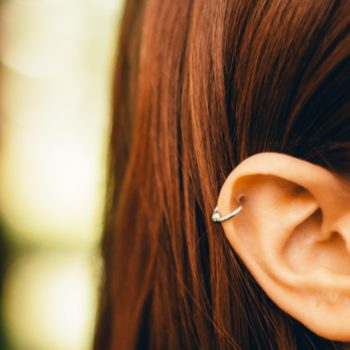Having a tattoo would change the way the skin is sweating. The skin would produce less perspiration and this would be saltier. It is the conclusion of a study conducted by Alma College of Michigan (USA), which reports, however, that they are cautious in interpreting the results. These “show that the function of the sweat glands is altered by the presence of the exogenous pigment in the dermis. However, in this study, perspiration was induced with the application of a chemical substance, pilocarpine, on the skin. At the moment, no data are available on the effect of tattoos on sweating under physiological conditions, i.e. in response to environmental heat or physical activity,” stresses Dr. Riccardo Borroni, Humanitas dermatologist.
The study, published in Medicine and Science in Sports and Exercise, takes a question posed by researchers as its starting point: If the ink settles at a depth similar to that of the sweat glands, could the tattoo interfere with their functionality?
The team involved only 10 twenty-year-olds males, tattooed on areas of at least five centimeters about but only on one side of the trunk. Then they chemically stimulated both tattooed and non-tattooed skin with a chemical patch. It was seen how tattooed skin produced about half of the perspiration of the non-tattooed skin; moreover, sweat was significantly saltier, i.e. it contained more sodium.
Further research required
However, the data must be taken with caution. The process that has been used to stimulate the glands differs from what happens physiologically in the body when the body, exposed to high temperatures, sweats to cool down.
In any case, the study represents a first step to investigating the possible effect of tattoos on sweating; a relevant aspect is when the tattooed area of the skin is very large and particularly in subjects who tend to sweat a lot, for example athletes. The final question that could find an answer, according to researchers, would be whether individuals with many tattoos have a greater risk of heat strokes.
But how does tattooed skin change its characteristics?
Early effects consist in the loss of the integrity of the epidermal barrier through the passage of needles, resulting in necrosis. Part of the pigment escapes through the holes themselves through the epidermis. Already in the first hours after tattooing, the ink begins to be phagocyzed by the white blood cells of the immune system,” says Dr. Borroni.
Subsequently – he continues – dendritic cells carry small amounts of pigment in the loco-regional lymph nodes, where they “educate” the T lymphocytes at its recognition, giving rise to an immune cellular-mediate response, with consequent inflammatory infiltrate in the dermis seat of the tattoo. The larger ink particles remain indefinitely within the fibroblasts in the dermis, while some of them are drained into the lymph nodes over the years,” the specialist concludes.







